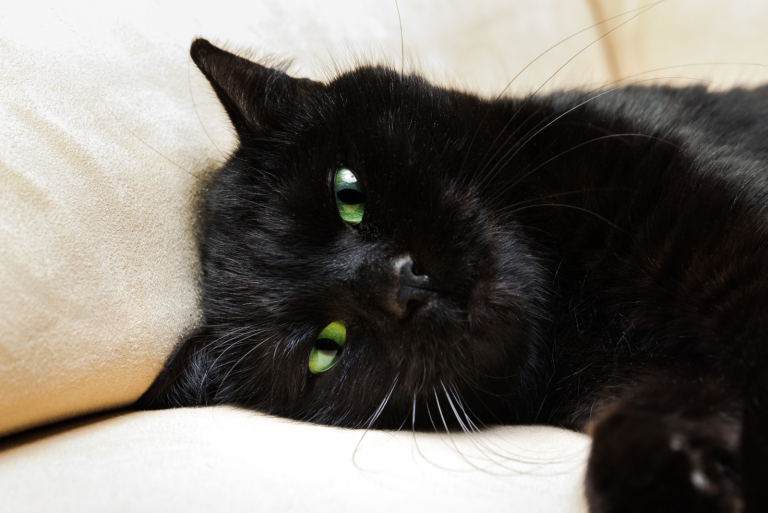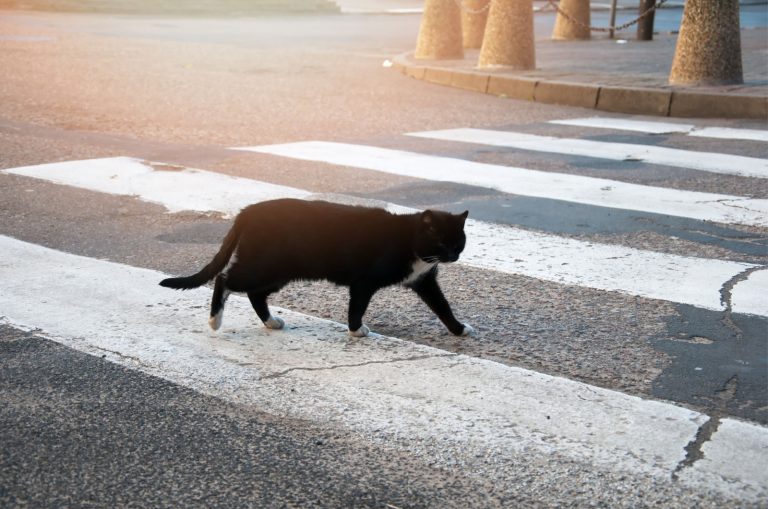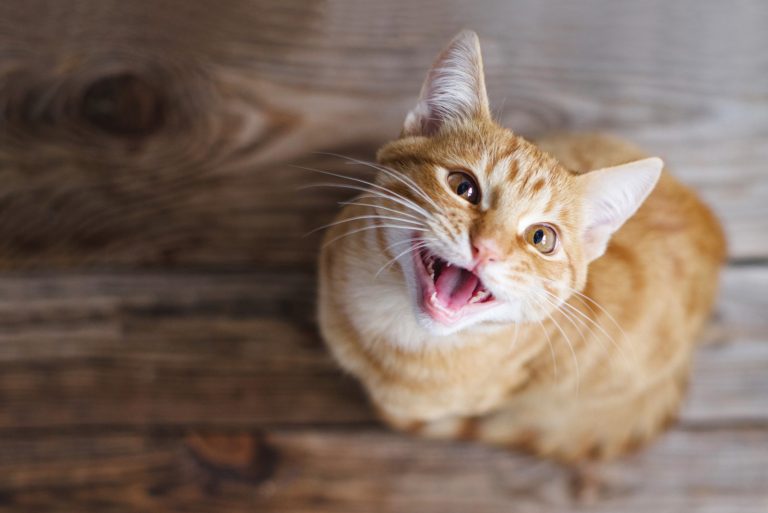Cat Can’t Walk After Gabapentin: Why And What To Do About It
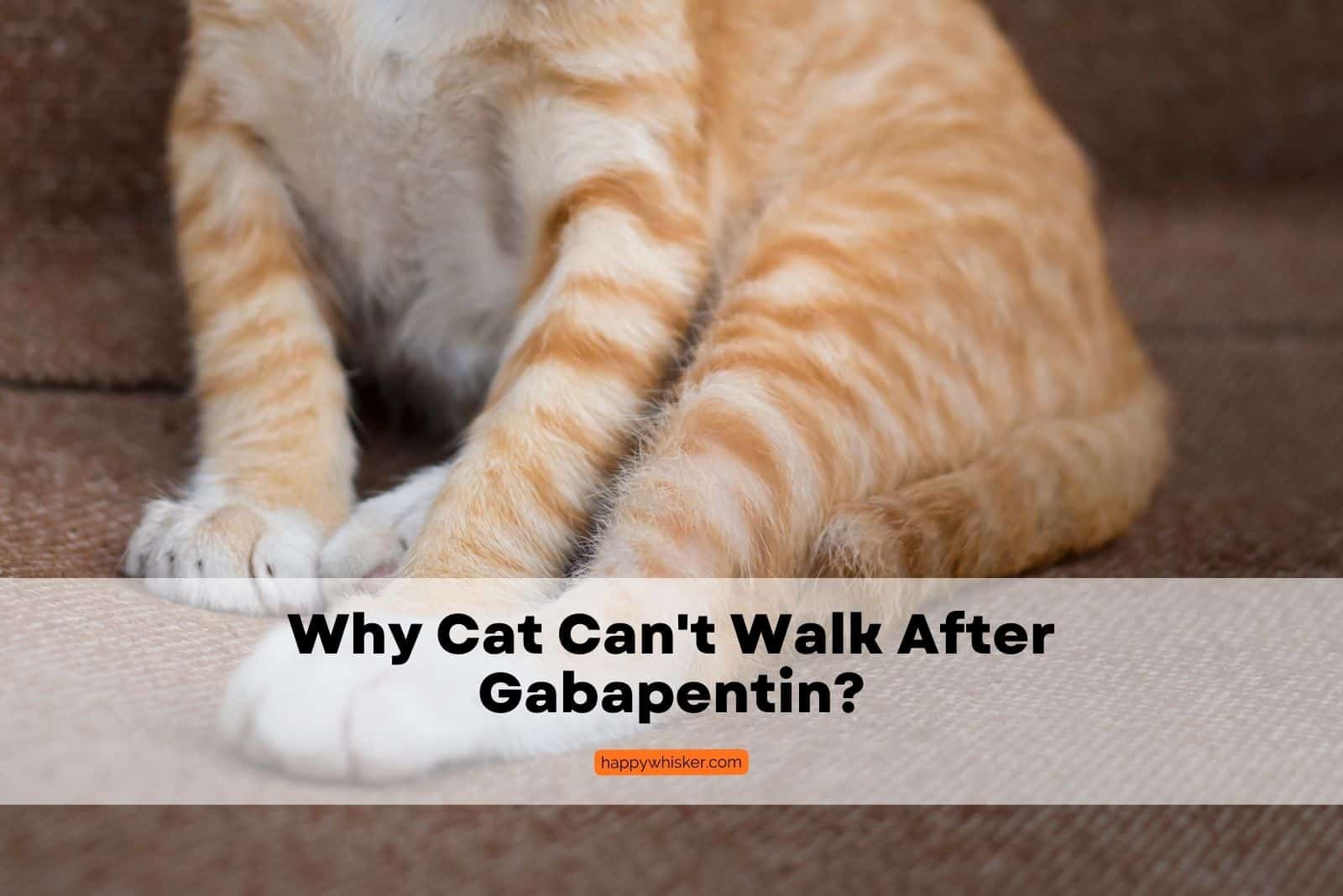
Gabapentin is a medication that is commonly used in cats to manage pain and seizures; however, every medication has its side-effects.
It is not common, but it can happen that a cat develops ataxia, a condition characterized by difficulty with coordination and balance, as a side-effect of taking gabapentin.
This article will provide an overview of gabapentin-induced ataxia, as well as side-effects of gabapentin, and what to do if your cat can’t walk after gabapentin.
My Cat Can’t Walk After Gabapentin, Should I Worry?
If your cat is unable to walk after taking gabapentin, please know that it’s a temporary medication side-effect!
To my knowledge, it has never been reported that a cat has completely lost its ability to walk due to taking gabapentin.
If your cat is showing signs of ataxia, I advise you to take your cat to the veterinarian, as it’s possible your cat’s gabapentin dosage is a bit too high.
Your veterinarian will perform a physical examination, and will most likely adjust the gabapentin dosage or change the medication completely.
To learn more about this medication, and why it causes ataxia, as well as some other side-effects your cat might experience, please read on.
Brief Overview: What Is Gabapentin
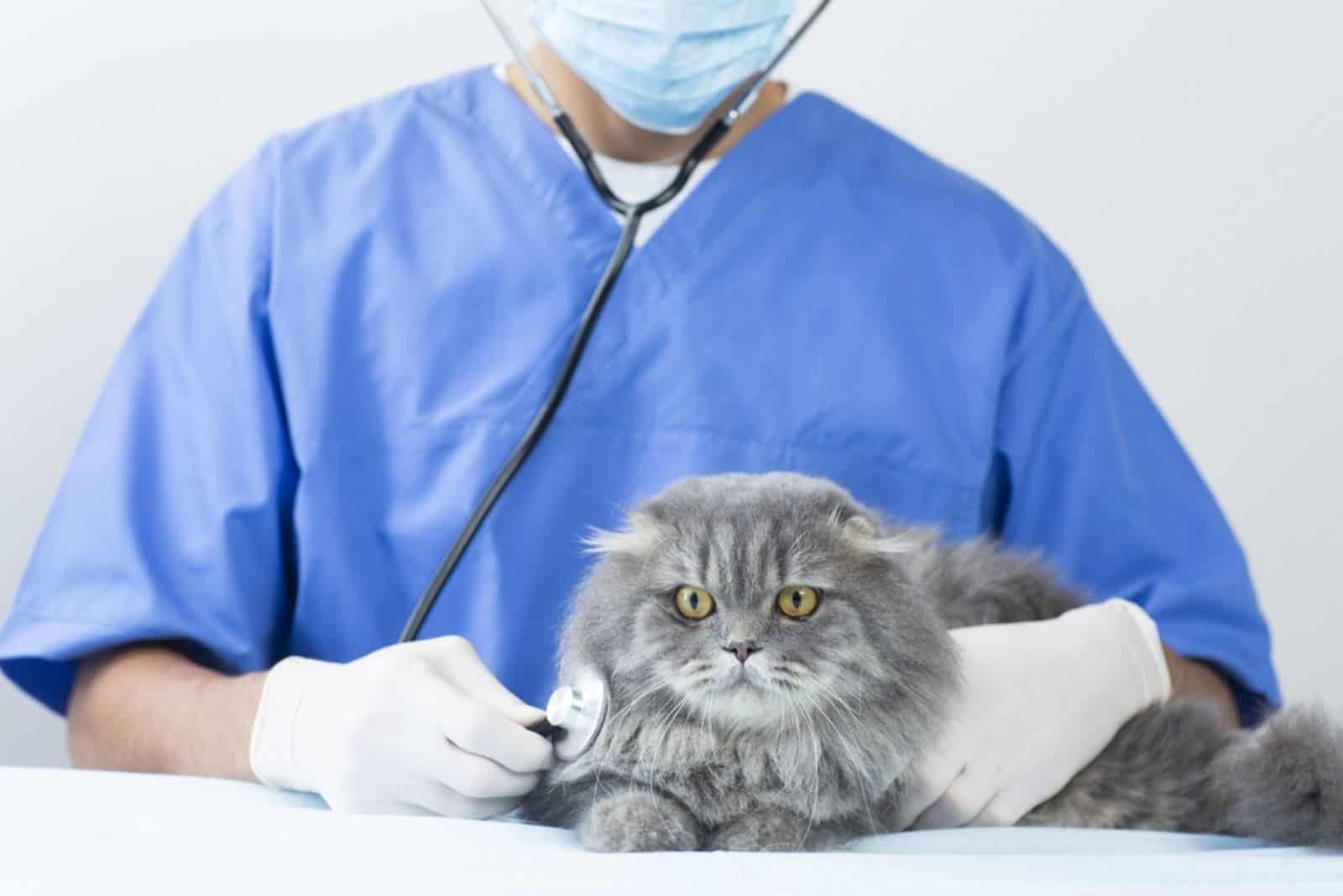
The drug gabapentin (sold under the brand names Gralise, Horizant and Neurontin) belongs to the group of drugs known as anticonvulsants.
It commonly given to people who suffer from epilepsy (gabapentin reduces excessive brain activity associated with epileptic seizures) and as a form of treatment for neuropathic pain associated with spinal cord injury,
Gabapentin is an analogue of the GABA neurotransmitter (an inhibitory neurotransmitter). It works by reducing the release of certain neurotransmitters that are involved in pain perception.
The United States Food and Drug Administration listed gabapentin on its List of Bulk Drug Substances for Compounding Office Stock Drugs for Use in Non food-Producing Animals, meaning that this drug is safe to be used in cats (and dogs), if used correctly of course.
The FDA also mentions the dosage form of gabapentin should be an oral suspension
Why Would A Cat Need Gabapentin?
Gabapentin is a prescription medication for use in cats, and should be used only under a veterinarian’s supervision.
There are many benefits of Gabapentin for cats. It is used to treat pain, especially neuropathic pain (pain caused by damage to the nervous system) and pain associated with musculoskeletal disease.
Gabapentin can also be used to treat anxiety and epilepsy in cats, and it has been proven that giving gabapentin to cats prior to stressful events, such as a veterinary visit, can significantly help relieve stress in cats.
Gabapentin Side-Effects
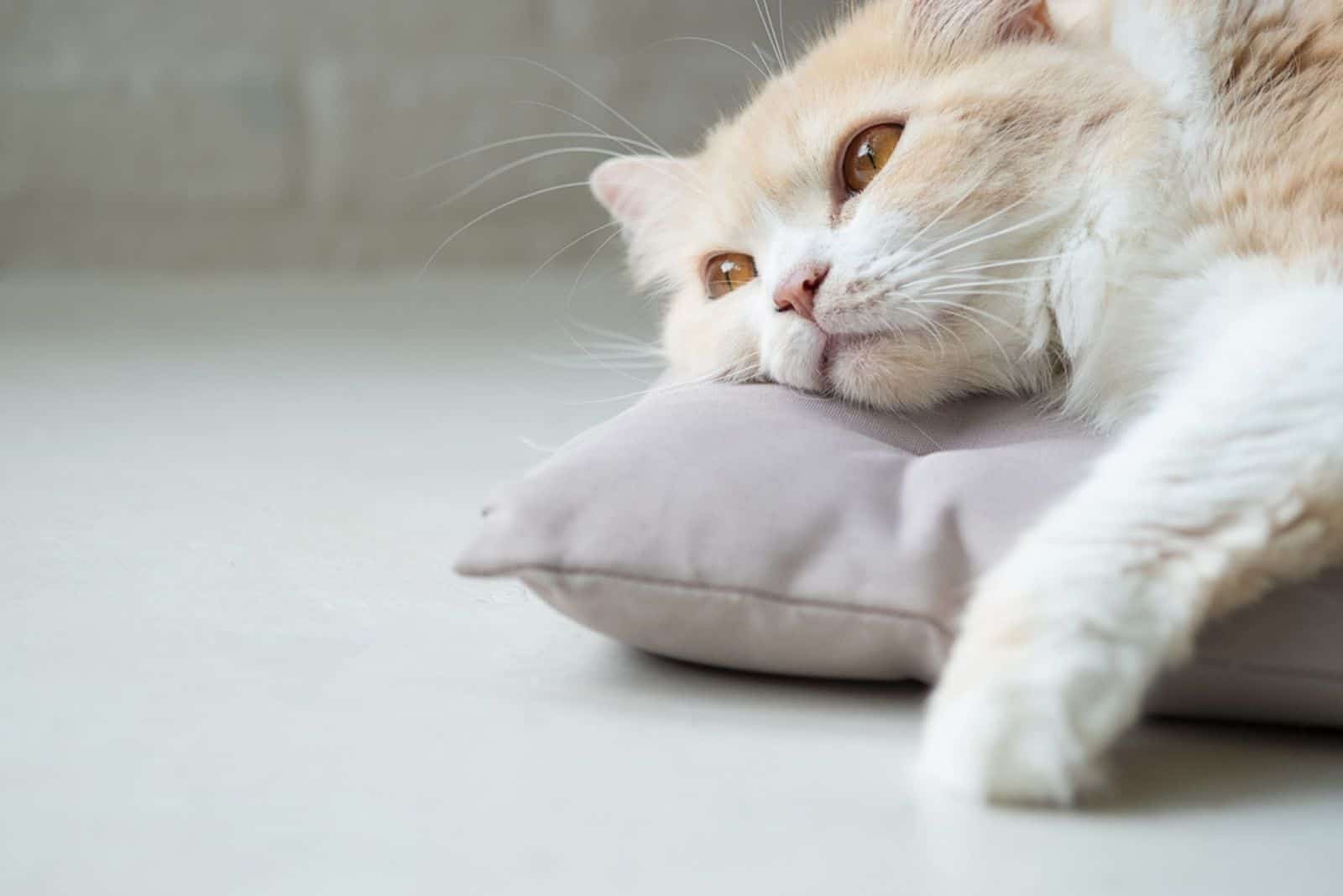
Gabapentin is generally considered safe for use in cats when used under the guidance of a veterinarian, however, like any medication, it can have potential side effects.
Gabapentin’s main side effects in cats are:
• Sedation and drowsiness
• Ataxia
• Vomiting
• Diarrhea
• Hypersalivation
• Muscle tremors
• Loss of appetite
• Weakness
Side-effects of gabapentin have been noted in scientific literature.
A study about the effects of gabapentin on older cats notes these side-effects in their research report. The researchers noted that 10 out of 20 cats involved in the research showed gabapentin side-effects, such as sedation, ataxia, weakness, and muscle tremors.
It is important to note that not all cats will experience these side effects if they take gabapentin! However, if they do occur, the veterinarian should be notified of them.
Gabapentin-Induced Ataxia In Cats
Ataxia is a documented adverse effect of gabapentin in cats.
To fully understand your cat’s inability to walk after taking gabapentin, let’s briefly go over what ataxia is.
What’s Ataxia?
Ataxia is a condition that affects an animal’s coordination and balance, leading to clumsiness, unsteady movement, and a general lack of coordination.
Ataxia can be caused by neurological disorders, infections, toxins, but also some medications (mostly the anticonvulsant drugs).
In cats, ataxia can be induced by certain medications, including Gabapentin.
Why Does Gabapentin Cause Ataxia In Cats?
Although the exact mechanism of why gabapentin causes ataxia in cats in unknown, it’s believed it is similar (or the same) to why some people experience ataxia as a gabapentin side-effect
In humans, gabapentin affects the central nervous system, particularly – the cerebellum, which is the part of the brain that is responsible for coordinating movement and maintaining balance.
Like other mammals, cats have a cerebellum, so it’s believed that gabapentin influences the cat’s cerebellum as well, causing ataxia in some cases.
What Increases A Cat’s Risk Of Developing Ataxia?
Some cats might be more predisposed to experiencing gabapentin side-effects than others.
Here are some facts you should know:
• Younger cats and older cats may be more susceptible to developing gabapentin-induced ataxia.
• Cats that are taking other medications that have sedative effects may be more susceptible to developing ataxia when taking Gabapentin.
• Cats with underlying health conditions, (such as liver disease), may be more susceptible to developing ataxia.
• Some cats may have a lower threshold for developing gabapentin-induced ataxia, regardless of dose.
Of course, giving a higher dosage of Gabapentin than what is recommended by the veterinarian will definitely increase your cat’s risk of ataxia.
My Cat Is Experiencing Gabapentin Side-Effects, What Should I Do?
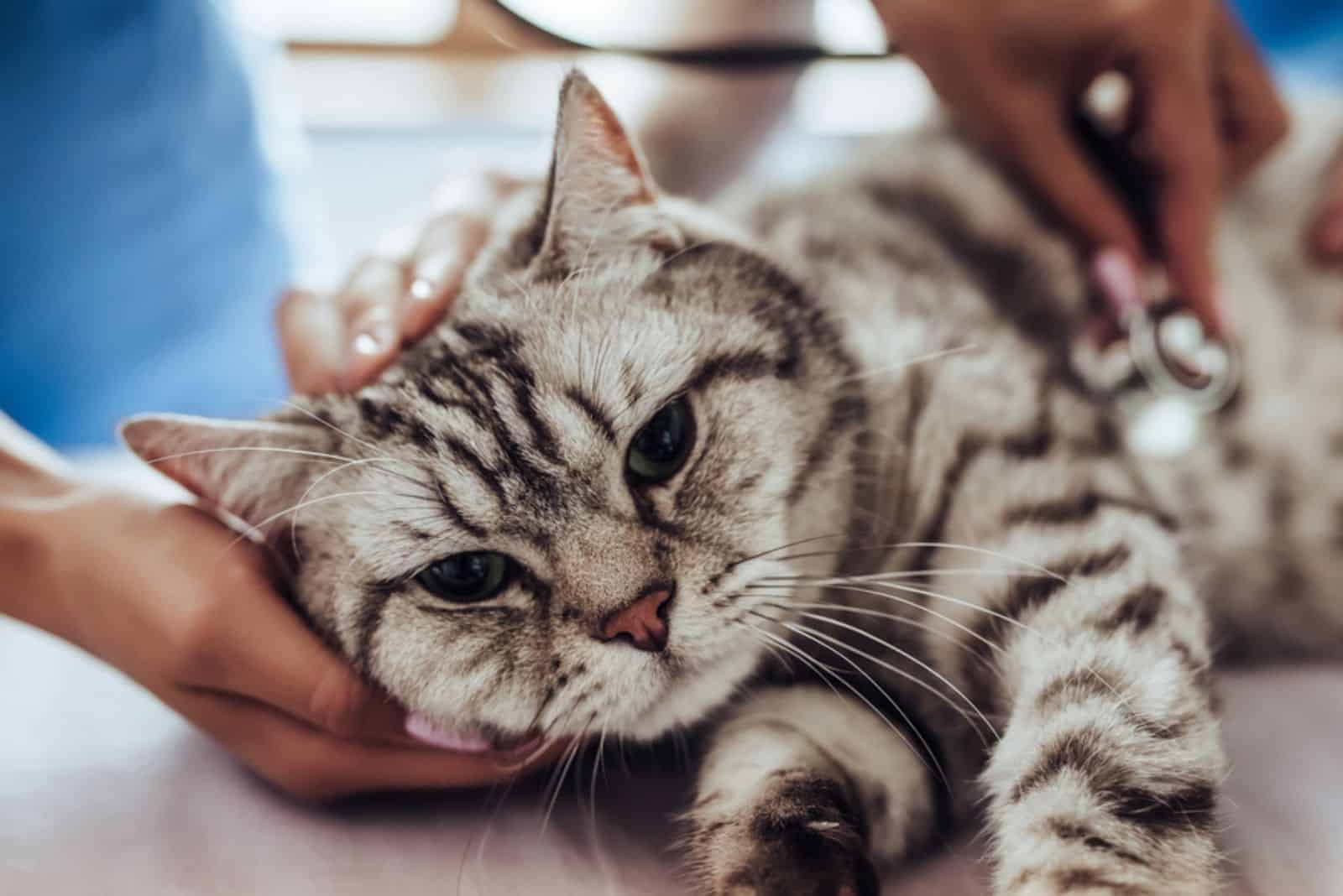
If your cat is experiencing side-effects from the gabapentin, it is important to contact your veterinarian and inform them about the side-effects.
If the veterinarian believes the side-effects are outside the normal range, they will most likely advise you to bring in the cat for an examination.
Your veterinarian may suggest changing the dosage or stopping the gabapentin treatment completely.
However, if your cat is experiencing severe gabapentin side-effects such as difficulty breathing, severe sedation, or loss of consciousness, seek emergency veterinary care right away!
The Importance Of Following The Vet’s Instructions
The right medicine dose is essential for the safety and well-being of all pets. The incorrect dosage of a medication can cause significant side effects and even death.
Therefore, it’s crucial that you administer your pet’s medication according to the veterinarian’s directions.
The instructions should include:
• How much medication to give to a pet
• How often to give it to the pet
• How long to give it to the pet for
The veterinarian is the one who will determine the proper dosage and frequency of drug administration based on the pet’s weight, age, and general health.
It’s crucial to adhere to these guidelines precisely and to never change the dosage without first seeing your veterinarian.
If you accidentally give your cat too much medication (such as gabapentin), please inform your veterinarian about it, and they can determine what to do next.
FAQ
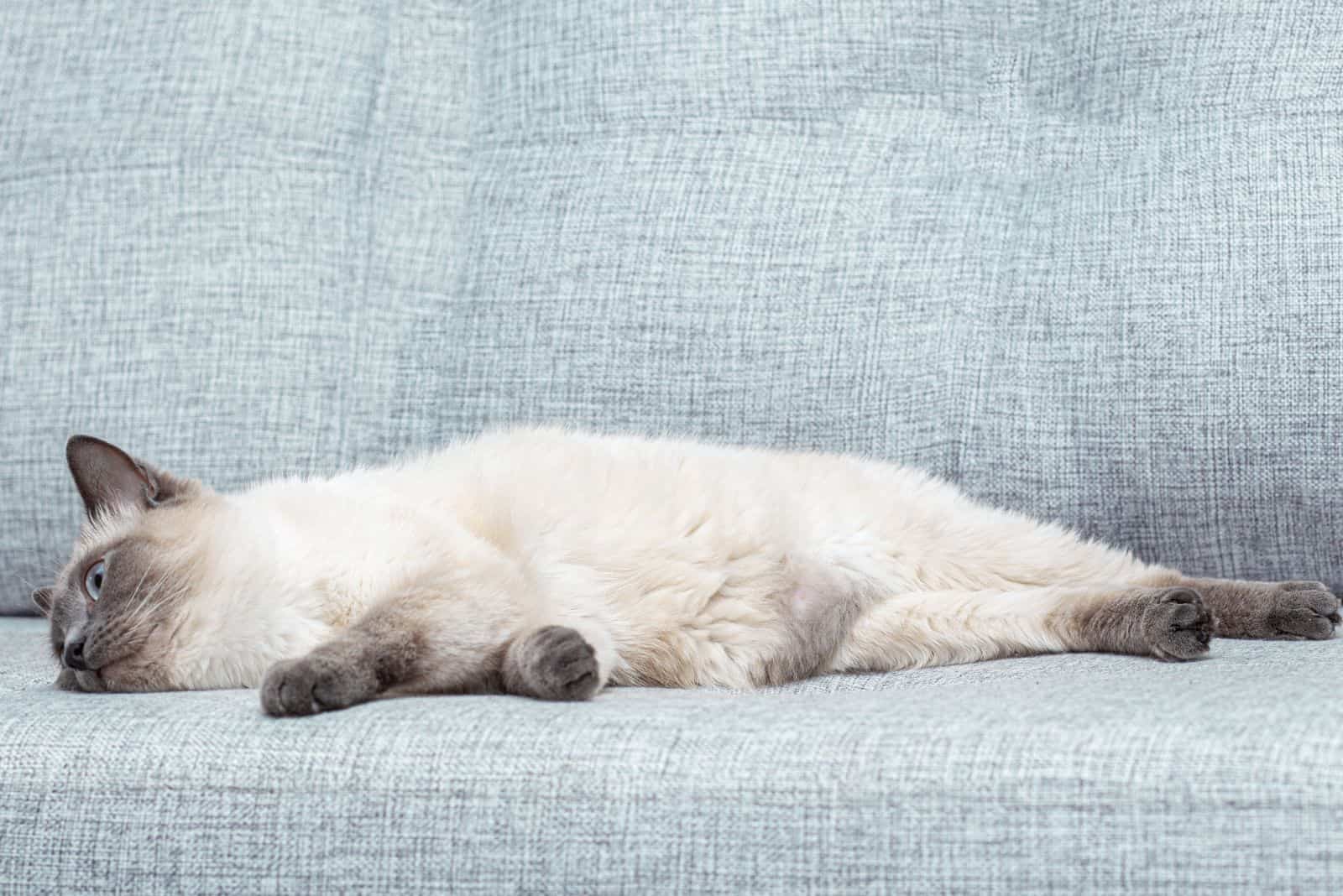
Is Gabapentin Safe For Cats?
Gabapentin is generally considered safe for cats when used as directed by a veterinarian.
It’s crucial to use Gabapentin in cats under the supervision and guidance of a veterinarian, who will take into account the specific needs of the cat and the cat’s medical history, in order to adjust the dosage.
Improper dosage of gabapentin can cause mild to severe side-effects, and in some cases, the unfortunate cat might require emergency veterinarian help.
What Are The Signs Of Gabapentin Overdose In Cats?
Signs of gabapentin overdose in cats can include:
• Difficulty breathing
• Muscle weakness
• Severe ataxia (loss of coordination)
• Vomiting and diarrhea
• Lethargy
• Depression
• Dilated pupils
• Seizures
• In extreme cases, coma
Can Too Much Gabapentin Hurt A Cat?
Gabapentin is generally safe for cats when given at the correct dosage. However, too much gabapentin can cause serious side effects!
Apart from the expected side-effects of sedation, loss of balance and vomiting, overdoses can cause more serious symptoms such as respiratory depression, cardiac arrhythmias, and seizures.
How Long Does It Take For Gabapentin To Wear Off In Cats?
In cats, gabapentin has a half-life of 2.8 hours. However, the effects of gabapentin can last up to 12 hours in cats, depending on the dosage and the individual cat’s metabolism.
In Conclusion
Gabapentin is a medication that is commonly used by veterinarians to treat a variety of conditions in cats, including neuropathic pain, seizures, and anxiety.
However, as with any medication, Gabapentin can have potential side effects, one of which is ataxia, or loss of balance.
If your cat can’t walk after gabapentin, I suggest you contact your veterinarian and explain to them the side-effects your cat is experiencing.
Based on the severity of the side-effects, your vet might recommend you bring your cat for a check-up immediately, or perhaps not (as a little bit of stumbling is common for cats after taking this drug).
It is important to know that not all cats will experience these side effects if they take gabapentin! However, if they do occur, the veterinarian should be notified of them.
Stay safe!
Related Articles
• Deciding Whether Convenia Is Right For Your Cat: A User Guide

